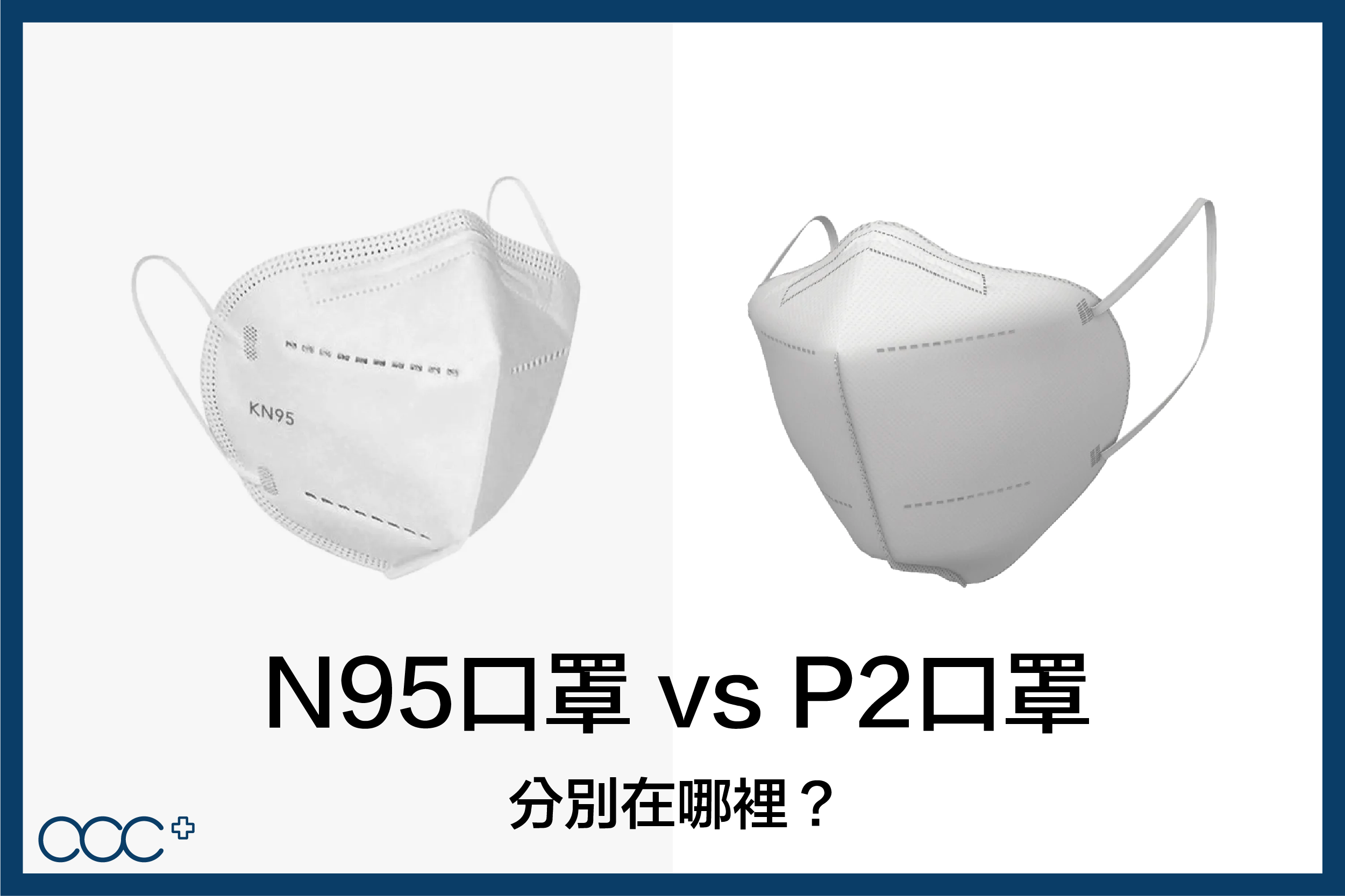FFP2, KN95, N95, KF94 & P2, what are the differences in professional names in different countries?
The development of the epidemic has increased the public's demand for N95 masks, and the most familiar high-level masks are N95 masks, but there are other high-level masks.
As more transmissible variants of Covid-19 spread from country to country, high-level face masks become even more important. It is difficult for most people to realize that different countries have different standards for their masks. The following will briefly explain it to you.
- N95 (US NIOSH-42CFR84)
- FFP2 (European EN 149-2001)
- KN95 (China GB2626-2006)
- P2 (Australia/New Zealand AS/NZA 1716:2012)
- KF94 (KMOEL Korea – 2017-64)
- DS2 (Japan JMHLW-Notification 214, 2018)
- KMOEL – 2017-64PFF2 (ABNT/NBR 13.698-2011 - Brazil)
The accmask P2 Mask is based on Australia/New Zealand specifications, and I will let you know more about it below.
Europe: FFP2 & FFP3 masks
The European Union uses two different standards. The "Mask Filtration Performance" score (FFP) comes from EN standard 149:2001. The EN 143 standard covers P1, P2 and P3 classes of product potency. Both standards are managed by CEN (European Committee for Standardization) :
- P1 (80% filter efficiency)
- P2 (94% filtration efficiency)
- P3 (99% filtration efficiency)
Both European Standards EN 143 and EN 149 test the permeability of filters with a dry aerosol containing sodium chloride (NaCl) and paraffin oil after storing the filters for 24 hours at 70°C and -30°C respectively. Standards include strength testing, breathing resistance and obstruction testing.
EN 149 mainly tests the leakage between the face and face, among which 10 subjects conduct 5 tests each, and among 8 persons, the measured average leakage should not exceed 22%, 8% and 2% respectively.
According to the EU standard (EN 149:2001), the FFP2 mask (which can filter 94% of particles) is similar to the N95 mask in non-oily particle filtration, and the higher standard FFP3 (face mask with high-efficiency filter) can filter 99% of particles. EU and NIOSH standards are different, both oily (paraffin oil mist) and non-oily (sodium chloride) particles need to be filtered at the same time. EU standards cover a wider range.
Additionally, suffixes are often added to FFP2/3 labels, such as "R" for reusable, "NR" for non-reusable, and "D" for pass dolomite blocking test.
Comparison of US & EU standards:
| standard name | Filtration capacity (removes x% of all particles with a diameter greater than or equal to 0.3 microns) |
| FFP1 & P1 | at least 80% |
| FFP2 & P2 | at least 94% |
| N95 | at least 95% |
| N99 & FFP3 | at least 99% |
| P3 | At least 99.95% |
| N100 | At least 99.97% |
Australia: P2 masks
In Australia, masks similar to N95 are called P2 masks. Compared with N95 masks, the testing method of P2 masks is slightly different.
Aerosol flow
The aerosol flow rates and particle sizes that both masks protect against differ slightly .
P2 filter is 94% efficient and N95 filter is 95% efficient
Besides the 1% difference in permeability, there are some other small differences in other factors as well.
Exhalation resistance
The exhalation resistance of P2 masks is lower than that of N95 masks.
Australia requires manufacturers to test the "CO2 emission rate" of their masks to prevent CO2 from building up inside the mask. In contrast, N95 masks do not have this requirement.
While carbon dioxide buildup can be a concern, the study found no reason to worry about blood oxygen levels. A study showed that blood oxygen levels did not change in women who wore N95 masks, even during moderate exercise. Even pregnant women who were asked to exercise while wearing N95 masks showed no reduction in blood oxygenation.
Source: Medtecs
---------------------------------------
I hope this article can help you understand high-standard masks. At the same time, accmask also sells P2 high-protection masks. If you need them, you can click the link below to buy them.
Purchase link:
https://bit.ly/3AyE3Pn




